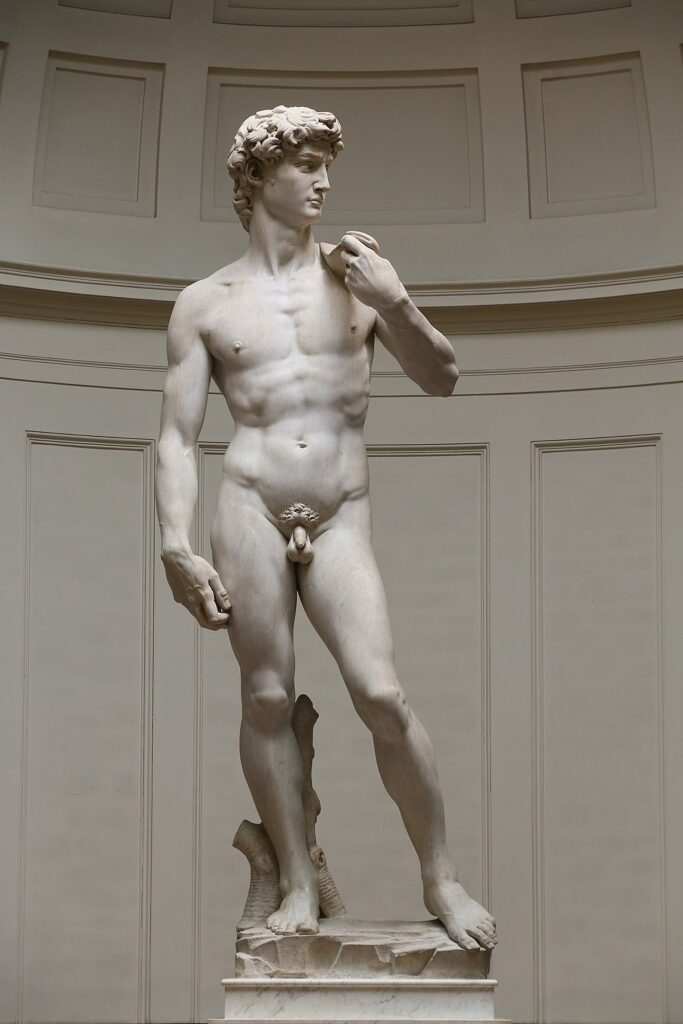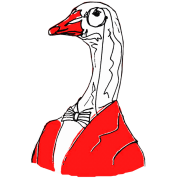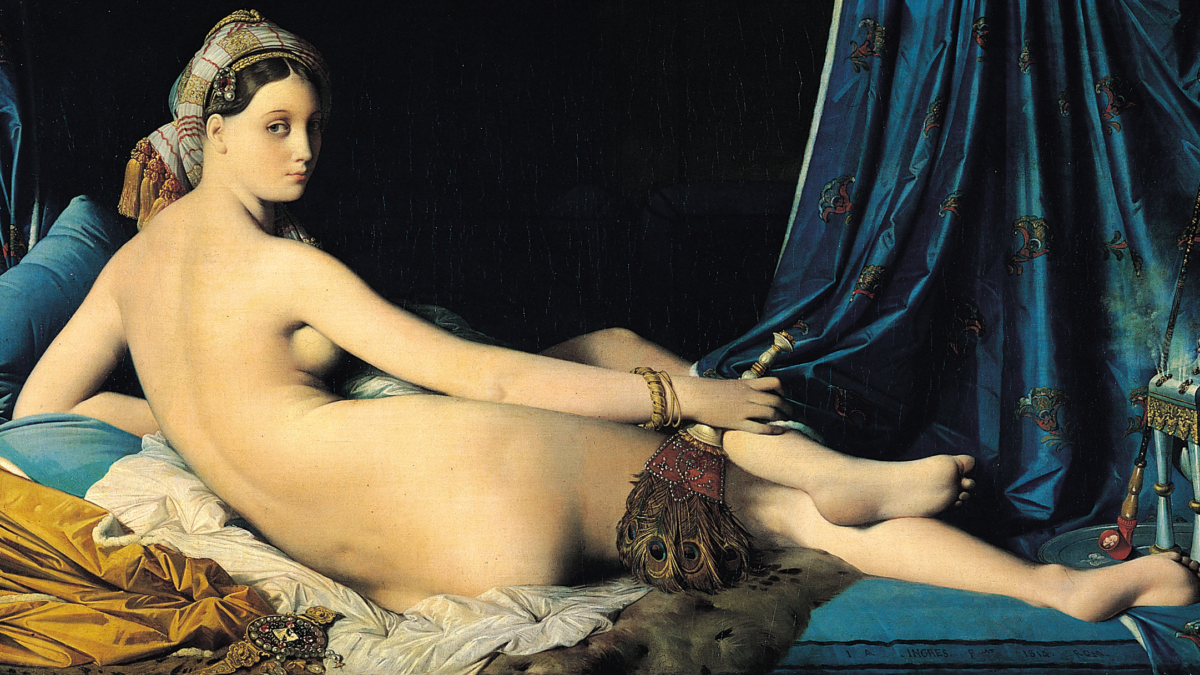By Amelia Melvin.
About halfway through my audio tour, which guides me through the so-called Masterpieces of the Louvre Museum, I come across Caravaggio’s, ‘Death of a Virgin’. Placed in the centre of the Denon Wing, looming at a massive 370cm x 245cm, it certainly is hard to miss. The lady in my headphones speaks of its scandalous origins, and Caravaggio’s unpopular choice to depict the Virgin Mary as a prostitute, drawing on elements of the real rather than the sublime. The grieving apostles appear as ordinary men, and there is a darkness which emanates that is accentuated by the vivid use of the red and black background. What strikes me, is that despite my somewhat limited knowledge of Caravaggio, the artist, he was an artistic master of his time and thereby his art would be consistently valued. Needless to say, the grandeur of the painting before me does not disappoint. To learn, however, that this painting was rejected from the Roman Catholic Church of which it was commissioned, and that it was only venerated posthumously, definitely surprises me. Of course as a pretext to this, I am no expert in 17th Century Italian paintings, nor on the standards of Catholic art for that matter. However, learning of the Roman Catholic Church’s decision did get me thinking about the way in which there are no absolutes in our perspectives of art. The validity of an interpretation relies largely upon specific variables of time, place and person, all of which can be shifted through just a matter of opinion.

Later, I arrive at what has to be one of my favourite paintings in the Louvre: Jean-Auguste-Dominique Ingres’, ‘La Grande Odalisque’. Painted in 1814, I learn that Ingres follows traditions of Neoclassical art whilst drawing upon influences of Romanticism. The naked female body he presents is an image of sensuality and classic femininity, and yet as a representation of human form, it is deformed and inaccurate. The audio points out the overly long back, and the disproportionate size of her legs, and even the unnatural turn of her head to look at the viewer of the painting. On the whole, these distortions add to the illusion of the divine woman, and create this ethereal beauty that radiates from the work when I look at it. Despite the widespread critical acclaim the painting now receives, I am not shocked to learn that in 1819, when the painting was first exhibited, there were many who were outraged by the blatant anatomical inaccuracies in a supposedly naturalist painting. I, for one, can’t deny a certain unease I have with the idea of a male painter restricting his female subject to the mode of the aesthetic rather than the realistic. Indeed, when his later works began to take prominence, this piece too began to be regarded in a different light. Even further along, this painting, and Ingres’ techniques, became inspiration for future surrealist and avant-garde artists. I love this piece not only because it plays with ideas of beauty, but also because it seems to encompass three very integral ideas of art; that of the challenging, the inspiring and the subjective.
During my time in Paris, I was staying in a hostel in the local town of Belleville. There I met two backpackers from Germany, named Lasse and Rickie. Rickie studies Art History at The University of Hamburg, and Lasse is a mechanic. Over beers in the hostel bar, we began telling each other of our experiences of the city, in particular our thoughts on the exhibitions in the Louvre. Rickie offered an insightful overview of the Islamic Art exhibition, found on the bottom level of the museum. Her response largely focused on what she found particularly interesting, and what she had learnt and understood from some of the displays. Lasse described his enjoyment in finding the silliness in the gallery’s exhibits, and the absurdity he felt viewing some of these works for what they were. He began by getting out his phone, and chuckling to himself, showed us a collection of zoomed-in pictures of the penises of each of Michelangelo’s sculptures. Now, don’t get me wrong, my initial response, as I can only imagine some of yours may be also, was that of shock at the utter contempt for the high and classic that is Michelangelo’s art. But then I was pleasantly surprised. In boyish humour, Lasse described how absurd it was that all these people were standing so seriously and solemnly throughout the gallery, taking in every piece as it came, as if its value was set in stone by the very fact that it existed within this museum. He found humour in the pretentiousness, and was able to appreciate the art from this viewpoint. From what he described, I have this image of him wandering around, giggling and laughing incessantly, taking pictures of things others would ignore or see differently.

Though dissimilar, I don’t think that Lasse’s perspective is any less valid than the perspective of Rickie. I am sure that the latter may be more respected in the, quote, unquote, ‘Art World’, and it is hard to deny how Rickie’s art education might have shaped her experience, but I believe that Lasse’s refreshing interpretation is one that actually has the potential to open up new avenues of understanding and exploration of artistic works, in a way that a traditional viewpoint would not. In my eyes, the very nature of art begs to be subjectivised. It only comes alive when it is interpreted, misinterpreted and reinterpreted. Any hierarchy in which these interpretations can be placed are no more products of their time and influences, than the interpretations themselves. Just as in the rejection of Caravaggio’s, ‘Death of a Virgin’, or in the controversy of Ingres’ shaping of the female body, Lasse’s delight at the anatomy of Michelangelo’s sculptures will always be plausible even if it does not align with interpretations of the expected or of the norm.



